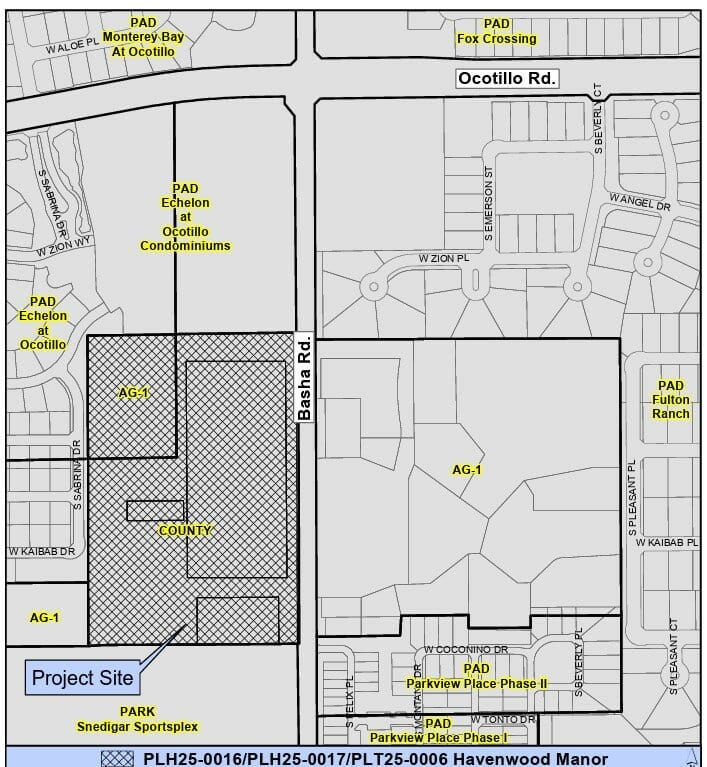|
|
||||||
|
||||||

Huge Scottsdale Old Town project approved
By Tom Scanlon | Scottsdale.org Old Town visitors, residents and neighboring businesses, look up – and meet Scottsdale City Center. Though not by any means
|
|
||||||
|
||||||

By Tom Scanlon | Scottsdale.org Old Town visitors, residents and neighboring businesses, look up – and meet Scottsdale City Center. Though not by any means

By Gilbert Independent The town of Gilbert sold 2.75 acres of land Dec. 16 at the northwest corner of Gilbert and Elliot roads to KDG

Photo via City of Chandler By Chandler Independent Emotional testimony, complaints about design and potential added traffic and three lengthy public discussions led up to
Rose Law Group pc values “outrageous client service.” We pride ourselves on hyper-responsiveness to our clients’ needs and an extraordinary record of success in achieving our clients’ goals. We know we get results and our list of outstanding clients speaks to the quality of our work.

By Howard Fischer | Tucson.com PHOENIX — Arizonans may get the chance to reconsider whether they think it’s OK for every adult to purchase and

By Justin Mathews | Pinal Post Maricopa, AZ, December 17, 2025 – The City of Maricopa passed a key milestone in updating our General Plan

By Tara Suter | The Hill On Friday, the DOJ released thousands of documents linked to Epstein which featured photographs, flight logs and public court records, among